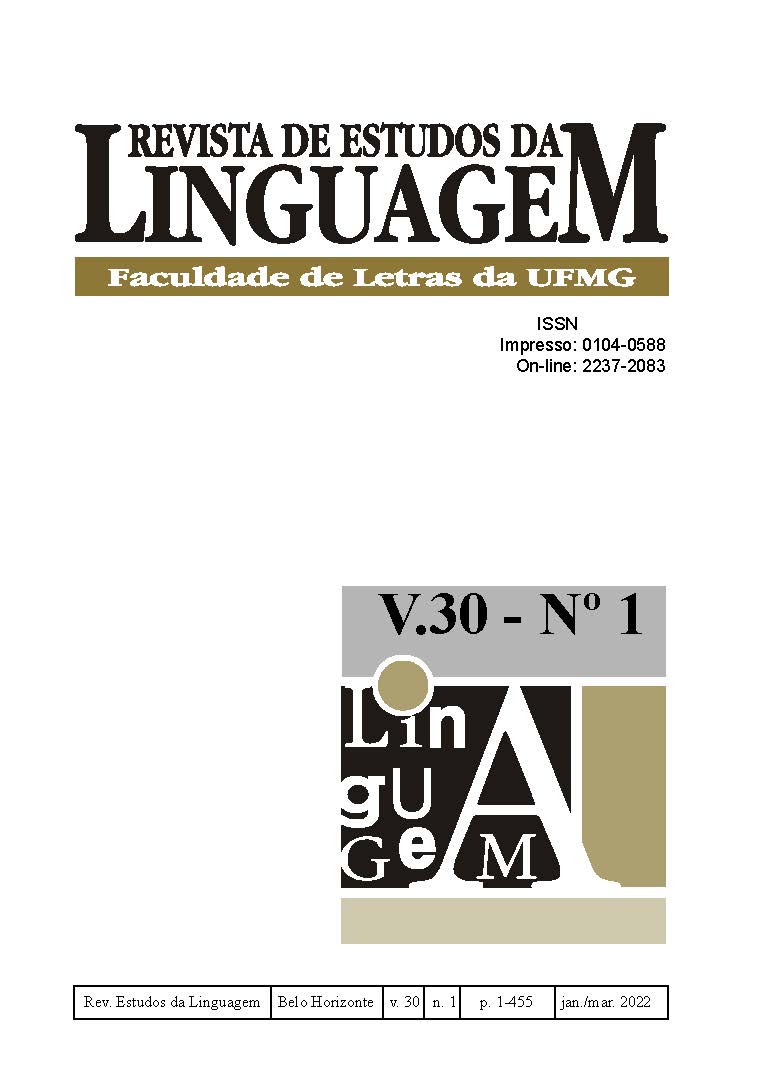Multimodal metaphors and metonymies in Soviet anti-alcohol posters
the role of the image of the bottle and (de)personification
DOI:
https://doi.org/10.17851/2237-2083.30.1.85-112Keywords:
Soviet anti-alcohol posters, metaphor, metonymy, multimodality, RussianAbstract
In the last decades there has been a proliferation of studies investigating metaphors and metonymies, as they are defined in the Conceptual Metaphor Theory. Recently, increasing attention has been paid to multimodal metaphors and metonymies and to their persuasive role in both commercial and social advertisements. In this paper we analyze Soviet anti-alcohol posters published during the Gorbačëv’s anti-alcohol campaign (1985-1988), and we investigate the role of a central pictorial element, i.e. the bottle, that metonymically gives access to the concepts of alcohol or alcoholism. In anti-alcohol posters of the ‘80s, the bottle’s metonymic image often interacts with other metaphorical processes. In particular, we focus on the interactions between the metonymies triggered by both pictorial and verbal use of the bottle (bottle metonymies) and the process of (de)personification undergone in these specific contexts. In some posters, the bottle is personified to convey the message that alcohol can damage people’s private lives by substituting for their loved ones and taking their rightful place. In some other posters, a human alcoholic is represented as a bottle, showing that alcoholism makes people lose their human features. The interactions between the metonymic image of the bottle and (de)personification processes play a central role in Soviet anti-alcohol posters and aim to demonstrate the destructive effects of alcohol abuse on drinkers’ private and social life.




 Esta obra está licenciada com uma Licença
Esta obra está licenciada com uma Licença 